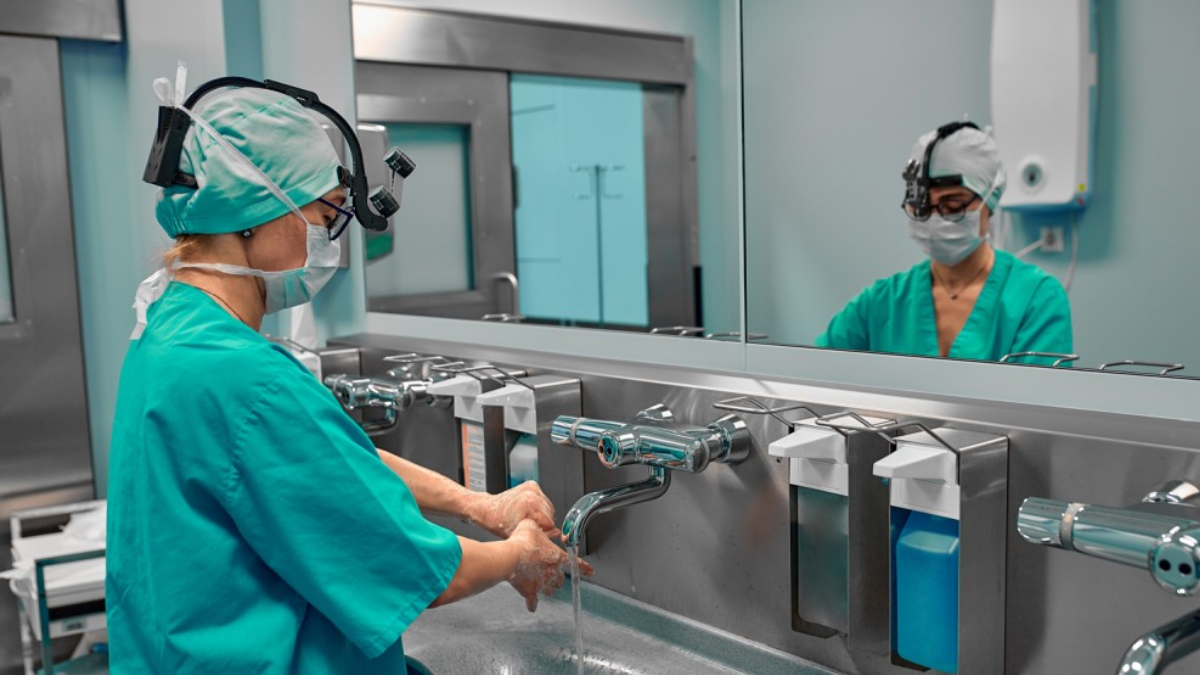Patient safety and quality care are fundamental priorities for modern hospitals. Ensuring safety reduces medical errors, prevents complications, and enhances the overall patient experience. Hospitals implement structured processes, advanced technology, staff training, and continuous monitoring to maintain high standards of care. From preventing infections to managing medication, hospitals employ multiple strategies to protect patients while providing effective and compassionate treatment.
Infection Control and Hygiene Practices
Infection prevention is a cornerstone of patient safety. Hospitals follow strict hygiene protocols, including hand hygiene, sterilization of medical instruments, and regular disinfection of facilities. Isolation wards, protective equipment, and vaccination programs help reduce the spread of infectious diseases. Regular audits and compliance with national and international infection control standards ensure hospitals maintain a safe environment for patients and staff.
Staff Training and Competency
Well-trained healthcare professionals are critical for quality care. Hospitals provide ongoing education, simulation exercises, and competency assessments for doctors, nurses, and support staff. Training programs focus on emergency response, patient communication, proper medication administration, and adherence to clinical guidelines. Continuous learning ensures staff are updated on best practices and emerging healthcare standards.
Medication Safety and Management
Medication errors can have serious consequences. Hospitals implement electronic prescribing systems, automated dispensing machines, and barcode verification to ensure correct medication, dosage, and timing. Pharmacists and nurses collaborate to monitor potential drug interactions, allergic reactions, and patient responses. Medication reconciliation during admission and discharge reduces the risk of errors and enhances patient safety.
Advanced Technology and Monitoring Systems
Hospitals utilize advanced technology to enhance patient safety. Electronic Health Records (EHRs) provide accurate patient histories, test results, and treatment plans, enabling informed decision-making. Monitoring systems track vital signs, alerting staff to critical changes in real-time. Automated infusion pumps, smart beds, and surgical navigation tools improve precision and reduce human error.
Patient Identification and Communication
Accurate patient identification prevents errors in treatment and procedures. Hospitals use wristbands, barcode scanning, and digital verification systems to confirm patient identity before tests, surgeries, or medication administration. Clear communication among medical teams and with patients ensures proper understanding of diagnoses, treatment plans, and follow-up care. Structured handoff procedures reduce miscommunication during shift changes.
Quality Improvement Programs
Hospitals continuously evaluate performance through quality improvement initiatives. Metrics such as patient satisfaction, infection rates, readmission rates, and treatment outcomes are regularly monitored. Hospitals conduct audits, peer reviews, and root cause analyses to identify gaps and implement corrective measures. Accreditation programs and adherence to international standards like ISO and Joint Commission International (JCI) provide external validation of quality care.
Safe Surgical and Procedural Practices
Surgical safety protocols minimize risks during operations. Hospitals follow pre-operative checklists, sterilization standards, and time-out procedures to verify patient identity, surgical site, and planned procedure. Advanced surgical technologies, including minimally invasive and robotic-assisted systems, improve precision and reduce complications. Post-operative monitoring ensures early detection of any adverse events.
Patient Engagement and Education
Educated and engaged patients contribute to their own safety. Hospitals provide information on medications, procedures, warning signs, and post-discharge care. Patient education programs, counseling, and digital portals enable individuals to participate actively in their treatment, report concerns, and adhere to care plans, reducing the likelihood of errors or complications.
Emergency Preparedness and Risk Management
Hospitals prepare for emergencies through disaster response plans, drills, and risk management protocols. These measures ensure continuity of care during natural disasters, pandemics, or internal emergencies. Risk management teams identify potential hazards, evaluate clinical and operational risks, and implement preventive strategies to minimize patient harm.
Conclusion
Hospitals ensure patient safety and quality care through a combination of strict protocols, staff training, advanced technology, and continuous monitoring. Infection control, medication management, patient engagement, and quality improvement programs all contribute to safer healthcare environments. By prioritizing safety and implementing best practices, hospitals enhance patient outcomes, reduce complications, and foster trust and confidence in healthcare services. A commitment to patient-centered care and continuous improvement ensures that hospitals provide high-quality treatment in a safe and supportive environment.
FAQs
Q1: How do hospitals prevent medical errors?
Hospitals prevent errors through staff training, electronic prescribing, barcode verification, monitoring systems, and structured communication protocols.
Q2: What role does technology play in patient safety?
Technology such as EHRs, real-time monitoring systems, automated pumps, and surgical navigation tools reduces human error and enhances precision in care.
Q3: How are infections controlled in hospitals?
Strict hygiene protocols, sterilization, isolation wards, protective equipment, vaccination programs, and regular audits help prevent infections.
Q4: Why is patient engagement important for safety?
Educated and engaged patients can follow care instructions accurately, report concerns, and participate actively in their treatment, reducing errors and complications.
Q5: What are quality improvement programs in hospitals?
Quality improvement programs monitor metrics like patient satisfaction, infection rates, and readmissions to identify gaps and implement corrective measures for better care.

